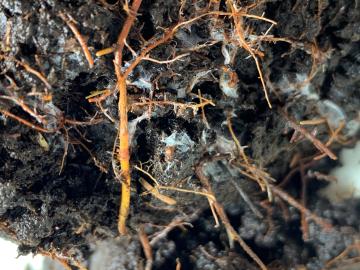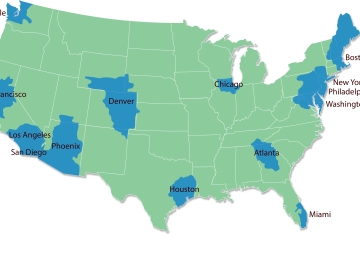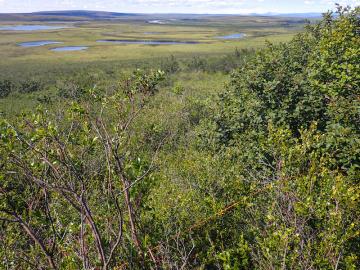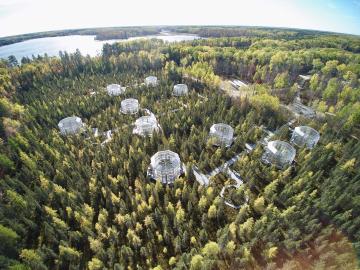
Filter News
Area of Research
- (-) Biology and Environment (50)
- (-) National Security (23)
- (-) Nuclear Science and Technology (12)
- Advanced Manufacturing (2)
- Biology and Soft Matter (1)
- Computational Engineering (1)
- Computer Science (2)
- Energy Science (39)
- Fusion and Fission (7)
- Fusion Energy (7)
- Isotopes (1)
- Materials (15)
- Mathematics (1)
- Neutron Science (4)
- Nuclear Systems Modeling, Simulation and Validation (1)
- Quantum information Science (2)
- Supercomputing (44)
News Topics
- (-) Advanced Reactors (13)
- (-) Clean Water (11)
- (-) Cybersecurity (19)
- (-) Exascale Computing (5)
- 3-D Printing/Advanced Manufacturing (17)
- Artificial Intelligence (21)
- Big Data (16)
- Bioenergy (48)
- Biology (75)
- Biomedical (19)
- Biotechnology (14)
- Buildings (3)
- Chemical Sciences (13)
- Composites (5)
- Computer Science (38)
- Coronavirus (16)
- Critical Materials (1)
- Energy Storage (8)
- Environment (94)
- Frontier (4)
- Fusion (10)
- Grid (9)
- High-Performance Computing (24)
- Hydropower (8)
- Isotopes (7)
- Machine Learning (20)
- Materials (13)
- Materials Science (12)
- Mathematics (4)
- Mercury (7)
- Microscopy (10)
- Molten Salt (5)
- Nanotechnology (8)
- National Security (36)
- Neutron Science (12)
- Nuclear Energy (41)
- Partnerships (10)
- Physics (5)
- Polymers (2)
- Quantum Science (1)
- Security (12)
- Simulation (15)
- Space Exploration (5)
- Summit (12)
- Transportation (5)
Media Contacts

Ten scientists from the Department of Energy’s Oak Ridge National Laboratory are among the world’s most highly cited researchers, according to a bibliometric analysis conducted by the scientific publication analytics firm Clarivate.

A team of collaborators from ORNL, Google Inc., Snowflake Inc. and Ververica GmbH has tested a computing concept that could help speed up real-time processing of data that stream on mobile and other electronic devices.

Oak Ridge National Laboratory researchers have created a technology that more realistically emulates user activities to improve cyber testbeds and ultimately prevent cyberattacks.

A team led by ORNL and the University of Michigan have discovered that certain bacteria can steal an essential compound from other microbes to break down methane and toxic methylmercury in the environment.

Anyone familiar with ORNL knows it’s a hub for world-class science. The nearly 33,000-acre space surrounding the lab is less known, but also unique.

New data hosted by Oak Ridge National Laboratory is helping scientists around the world understand the secret lives of plant roots as well as their impact on the global carbon cycle and climate change.

Oak Ridge National Laboratory worked with Colorado State University to simulate how a warming climate may affect U.S. urban hydrological systems.

Moving to landlocked Tennessee isn’t an obvious choice for most scientists with new doctorate degrees in coastal oceanography.

Scientists at Oak Ridge National Laboratory added new plant data to a computer model that simulates Arctic ecosystems, enabling it to better predict how vegetation in rapidly warming northern environments may respond to climate change.

Scientists studying a unique whole-ecosystem warming experiment in the Minnesota peatlands found that microorganisms are increasing methane production faster than carbon dioxide production.


